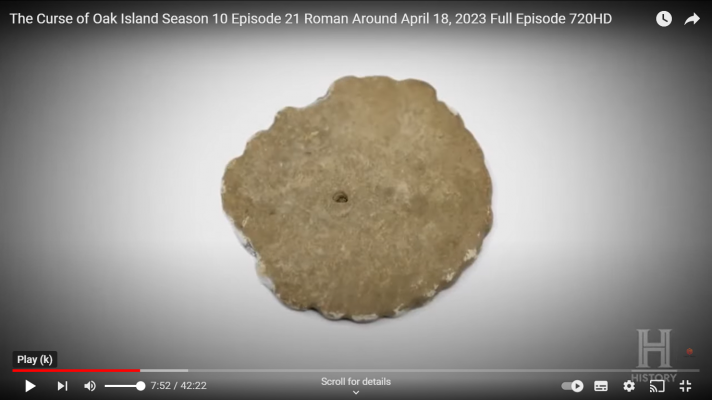Actually 'Min,' I covered the exact same ground that you did just after posting on here yesterday, to look at other examples to see if I could get something of a match. Very few had a toothy edge that I came across. However, if, as is thought (my thought) it is a barter token, then I'm wondering if these nibbles along the edge were a way of actually marking the token? No Idea, but it seems to be a logical assumption?
Especially as the nicks along the edge seem to be, (had been) pretty regular 'V' marks!
Afterall, what would be the point in making those marks along the edges like this - on a whirligig?





